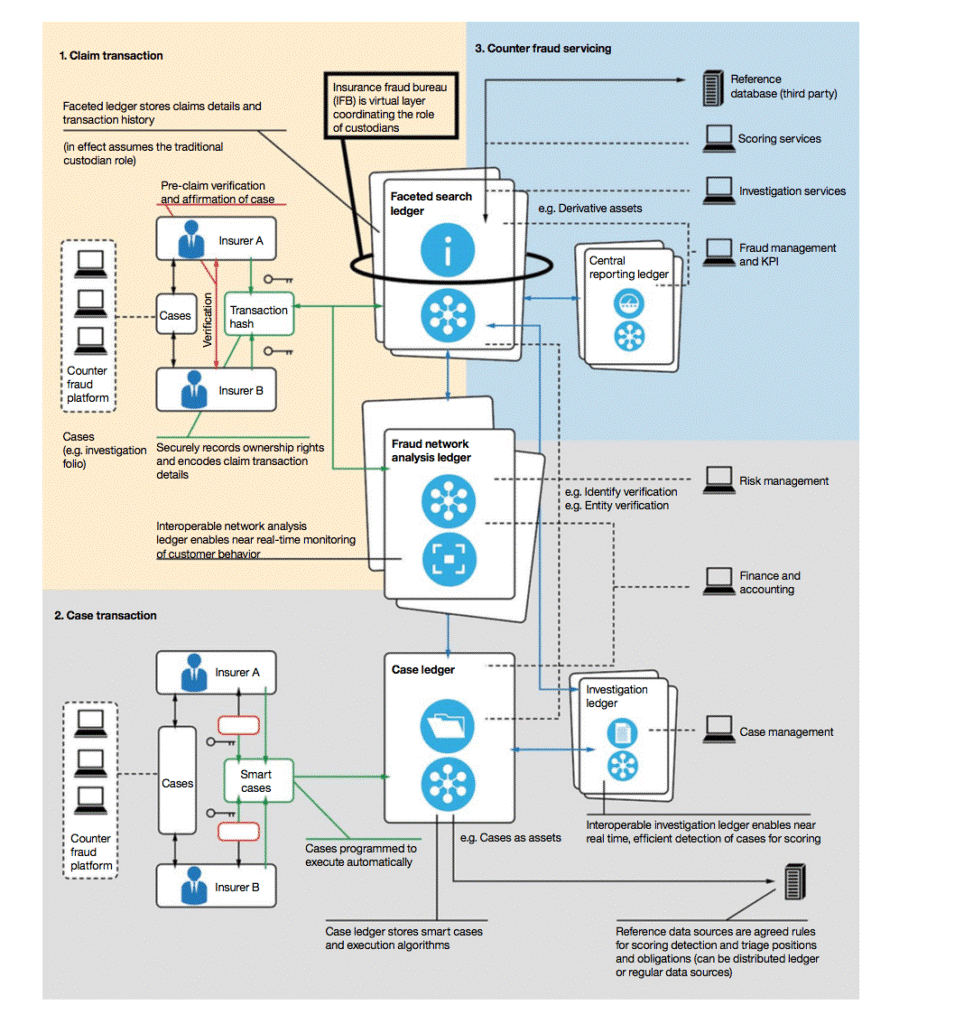Enterprise mobile applications make the process within the company easier, and at the same time create a comfortable climate to create interaction and involve the employees. It helps the business to operate more efficiently by providing turn-key solutions for several critical tasks:
- Employees having access to operational data even when they are out of office.
- Employees would have transparency for all current processes within the organisation.
- Having a single platform for all work processes, such as, scheduling, communicating, reporting, etc. which reduces time to solve complex problems.
- Improving the interaction between different departments, and the employees and top management.
An enterprise mobile app has become a powerful business tool not just for big corporate companies but also for small businesses. But there are some challenges that come with an enterprise mobile app, as it is relatively new and fundamentally different from web development. Let’s take a look at a few challenges you may face:
The Right Team and Development of Time-Bound Application
If the team member is working from a remote location, he/she needs to be given a download from the internal team about all the processes and features of the app. A dedicated representative should be in regular contact with the outsourcing team, if any.
Further, streamlined procedures can be adopted by implementing the low code approach to enterprise mobile application development. What does a low code approach mean? – it is a process of creating apps from reusable components which makes it easy for the developer to build a new app in a shorter amount of time. These low code approach apps can be created by a drag and drop methodology, making the app creation automatic. App creation can be done in a very short duration, if it is equipped with pre-configured business models, pre-connected technology components and a design studio with hundreds of designs to choose from – all you need is to drag your pick and drop it!
This methodology helps enterprise mobile applications overcome the slow development of a solution; rather the result is a fully customisable app that is scalable, cheap, secure and reliable.
Integrating the App with Back-End Resources
After developing the enterprise mobile application, it is a significant challenge to integrate it with the back-end resources. To overcome this challenge, there are tools made for smooth integration. Also, some apps come featured with an inbuilt enterprise administration backend to help the business administer to create a reporting engine that provides real-time analytics. It includes a communication framework for chat and notification, a scalable infrastructure for future integrations and in-built security features.
Cross-Platform Enterprise Mobile Application
One of the challenges that has cropped up while developing an enterprise mobile application is to customise the mobile app with the various platforms that are being used, such as iOS, Android and Windows. The company needs to invest in an enterprise mobile application that is compatible with the existing platforms or that can be customized. Companies can overcome this challenge if this process is automated.
Security
Furthermore, the rule of Bringing Your Own Device (BYOB) has created more security concerns:
- According to IDC research, about 95% of modern employees already use at least one personal device for work purposes.
- The results of a study by Poppulo show that 41% of employees are not satisfied with the tools their companies provide them with.
- Another IDC survey shows that more than 53% of workers in the US believe that using their own devices makes them more productive.
Reference Source:
https://www.idc.com/getdoc.jsp?containerId=US44001418
https://www.poppulo.com/blog/from-byod-to-byoa-what-the-workplace-app-explosion-means-for-internal-communicators/
https://www.idc.com/getdoc.jsp?containerId=US44001418
These security threats can be controlled if enterprise mobile applications provide the means and guidelines for testing security standards and keeping them up-to-date.
- Encryption of data while creating the mobile app is crucial. The data shared in the app is vulnerable to attacks from another smart device, and the data being vulnerable to breaches and attacks. The data can be easily achieved using a secure container, which will protect the enterprise apps when devices are lost or compromised.
- Authenticating credentials like login and password has to be implemented for safe and secure authentication routine. To solve this problem, it is important to integrate with the enterprise’s LDAP directory as it will ensure you a proper and accurate authentication. It also delivers a suitable single-sign-on (SSO) across all enterprise applications.
- Impersonation to obtain information from employees of companies poses a great threat to breach of security. This information is obtained by bombardment of pop up ads or ads on the host system. To overcome this security challenge, there are some low code rapid app development platforms that can be implemented.
Final Thoughts
Developing enterprise mobile applications comes with a myriad of challenges. Enterprises must develop natively so that they can meet the customer’s demands. Technology is continuously upgrading itself and hence, there will always be challenges faced by enterprise apps to keep innovating and evolving as new technology enters the market. Ensure that there are enough flexibility in the app to keep up with this change.
If you wish to develop and deploy tailor-made industry-best solutions to deal with and overcome these developmental challenges of enterprise mobile applications, please do contact the App Scoop mobile app developers and app development Team: https://app-scoop.com/contact-us.html





